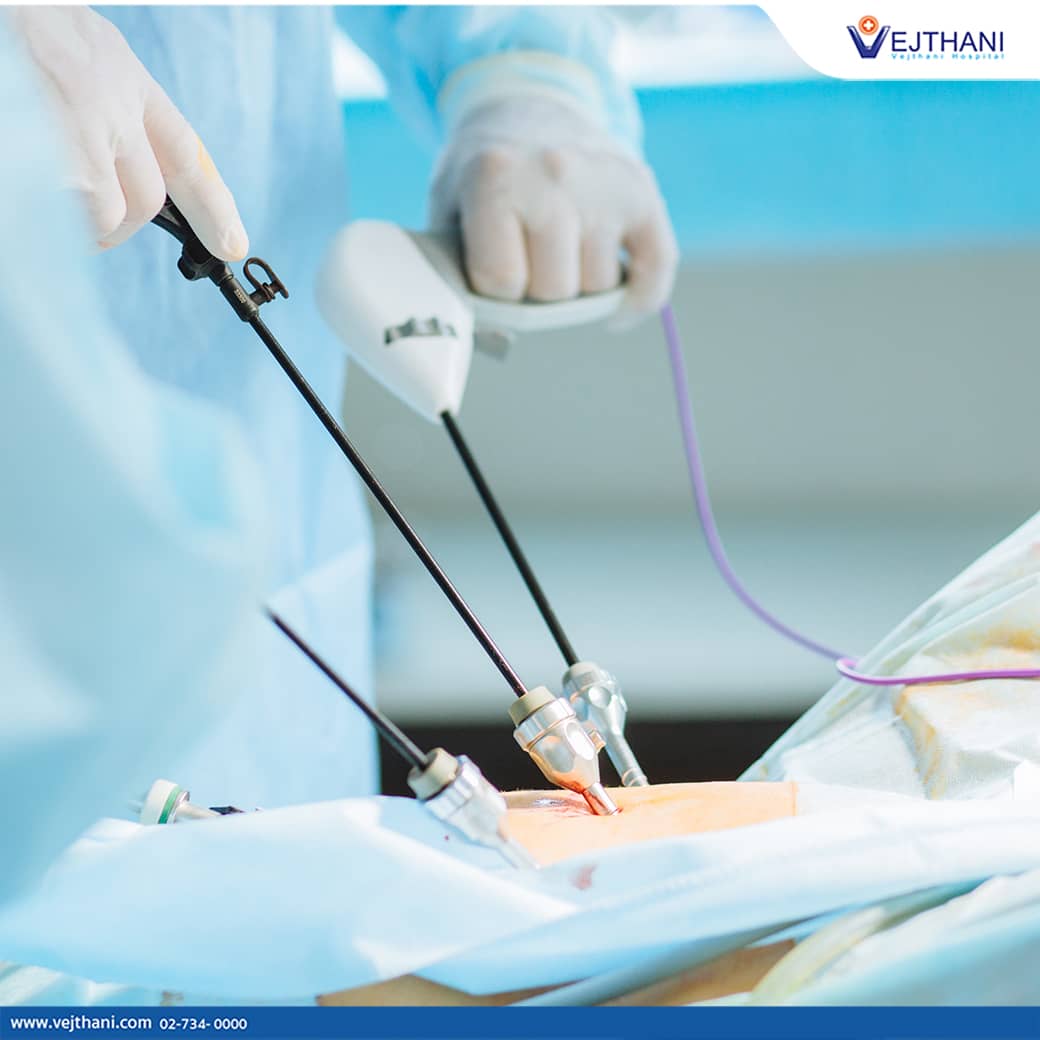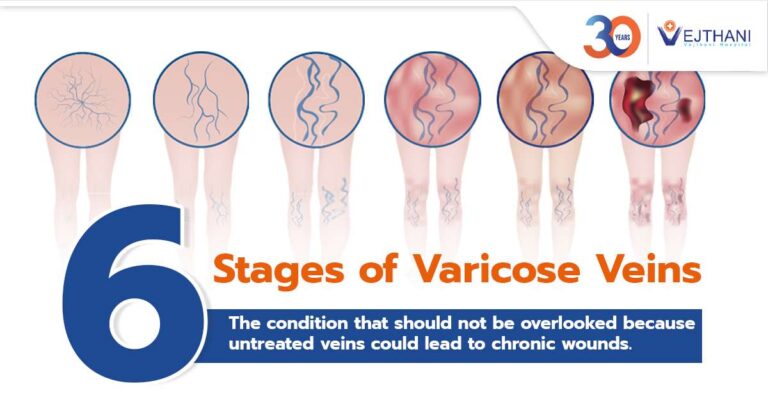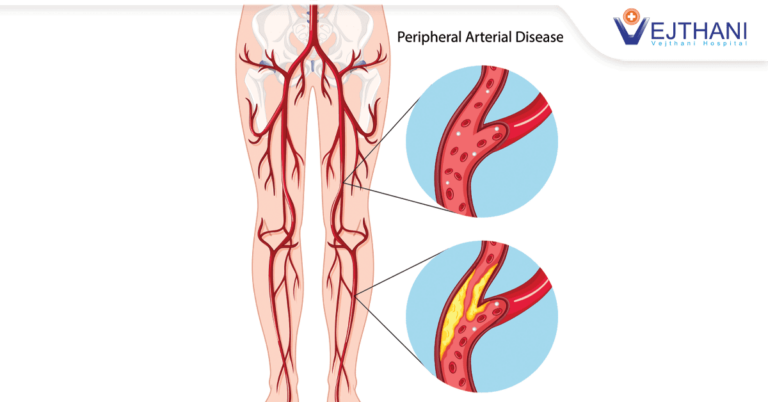Laparoscopic surgery, including an appendectomy, is a standard and trusted surgical procedure that is used to address internal issues around a patient’s abdomen and pelvic area. Patients prefer this type of surgery over open surgery because it gives surgeons access to a patient’s abdominal organs by making multiple tiny incisions in a patient’s abdomen, rather than one big incision.
Doctors routinely use laparoscopic surgery to address or diagnose a medical problem. They insert a laparoscope, which is a thin fiber-optic cable with a camera, into one of the small incisions and insert surgical instruments into the other small incisions. A small amount of carbon dioxide is pumped into the abdomen to create space for the laparoscope to see and for the surgeons to work.
Once the surgery is complete, the instruments and laparoscope are removed, and then the incisions are sutured closed. A typical laparoscopic surgery can be completed within one hour.
Common Surgeries Performed Under Laparoscopy
Laparoscopic surgeries are commonly performed to treat or diagnose ailments related to organs in the biliary, digestive, and reproductive systems.
The most common type of laparoscopic surgeries performed are: gallbladder stone removal, hernia surgery, appendectomies, stomach surgery, colon surgery, anti-reflux surgery, ovarian cyst removal, hysterectomy, fibroid removal, and small tumor removal from abdomen and pelvis region (such as small ovarian and colonic tumors).
If you have been diagnosed with an illness or ailment in your abdominal region that requires surgery, ask your doctor if laparoscopic surgery is suitable and safe for you.
Benefits of Laparoscopic Surgery
Many patients who need to undergo surgery in their abdominal region, such as an appendectomy, prefer that their surgery is performed under laparoscopy instead of open surgery.
One of the primary benefits of a laparoscopic appendectomy and other laparoscopic abdominal surgeries is that it is minimally invasive. By making multiple small incisions, as opposed to one large one, the recovery time for patients is much quicker and leaves only a few tiny scars. Patients ultimately spend less time at the hospital and require less pain medication as a result of the procedure.
Additionally, there is less risk of wound complications when undergoing laparoscopic surgery. Open surgery introduces the higher risk of bacterial infection during the procedure and after, and increases the chances of physical complications during recovery.
Negative Aspects of Laparoscopic Surgery
Despite the many benefits laparoscopic surgery provides to the patient, it is not always a suitable choice. Your doctor will be able to inform you if your body is capable of having surgery under laparoscopy and if laparoscopy is an available option given your condition.
Furthermore, laparoscopic surgery takes extreme precision and steadiness, and thereby must be performed by a highly skilled and practiced surgeon.
Get a Consultation at Vejthani Hospital
If you are experiencing abdominal pain, contact Vejthani Hospital and schedule an appointment for a medical consultation. Our team of doctors will carry out the necessary diagnostic tests and are able to perform laparoscopic surgery if needed.
- Readers Rating
- Rated 4.7 stars
4.7 / 5 ( Reviewers) - Outstanding
- Your Rating

























